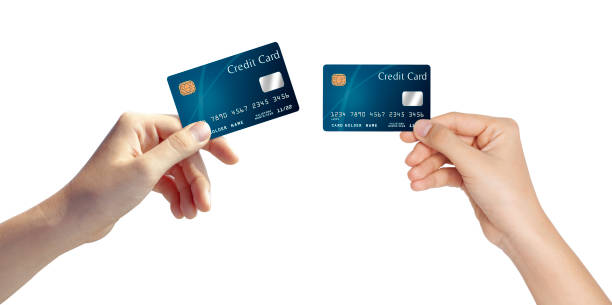Cash-back credit cards are an excellent way to regain a portion of your purchases through earning points and redeeming rewards. However, it is extremely important that we use them responsibly so as to avoid financial risk. By understanding how these financial tools work, we can devise strategies for more responsible usage and maximize the use of cash-back credit cards without incurring fees, getting overwhelmed by debt, or damaging your credit score.
One of the most popular options for cash-back credit cards available on the market right now is Chase through their Chase Freedom Unlimited Card. If you’re interested as to why they have become the people’s choice, check out this Chase Freedom Unlimited review. In this article, we will share with you some practical strategies on how to use cash-back credit cards responsibly.
1. Only buy what you can afford to pay
One of the most essential considerations to be had when using cash-back credit cards is your own ability to pay. In general, when using credit cards, you will be given a calculated balance of the portion of the sum that you owe. This would have to be paid in full before or at the specified date of each month. If you are unable to do so, you will be charged with interest on the unpaid balance. Ultimately, this could mean offsetting any rewards you have earned through your purchase. Thus, it is always a smart move to create a budget and track your expenditures to ensure that you are only using your credit up to the point that you can afford to pay.
2. Try to pay more than the minimum amount
In reference to item number 1, it goes without saying that you should be paying the minimum amount you owe at each payment deadline. However, we encourage you to pay more if you can. Recall that interest is computed and charged based on your remaining or outstanding debt balance. As such, the more money you leave as debt, the higher the interest you will have to pay. Paying off your monthly dues more than the stipulated minimum amount can speed up the process of clearing your debt, which means that you can get rid of that financial burden a lot faster.
3. Keep track and record your finances
Making future financial decisions while completely ignoring your past financial transactions is like running blind – it’s dangerous! Perhaps the most critical part of using cash-back credit cards responsibly is keeping track of your finances. Specifically, you should monitor your expenditures and compare these amounts to your budget. This strategy helps you avoid overspending and ensures that you are only using your credit to the extent to which you are able to pay them off. In keeping track of your finances, you can use tools such as spreadsheet applications or even dedicated budgeting apps.
4. Compare interest rates and choose low-interest rate options
Naturally, the interest rates being offered by each company will vary significantly. This means that you should take the time to browse for options. Shop around and compare different credit card companies to see how their interest rates hold up against each other. Choose the option with the lowest interest rate. A lower interest rate means that you will have to pay less interest, making it easier to pay off your debt.
5. Be aware of hidden fees, charges, and fines
Aside from just looking at interest rates, it’s also a good idea to look at the entirety of the contract altogether. Some companies mask various charges through extremely low-interest rates. This just means that the lowest interest rate option is not always the most ideal route to take. These charges come in various forms, such as annual fees, foreign transaction fees, and unnecessary service fees. Knowing how these fees affect the amount that you would have to pay is relevant in determining whether or not a cash-back credit card option is worth it.
